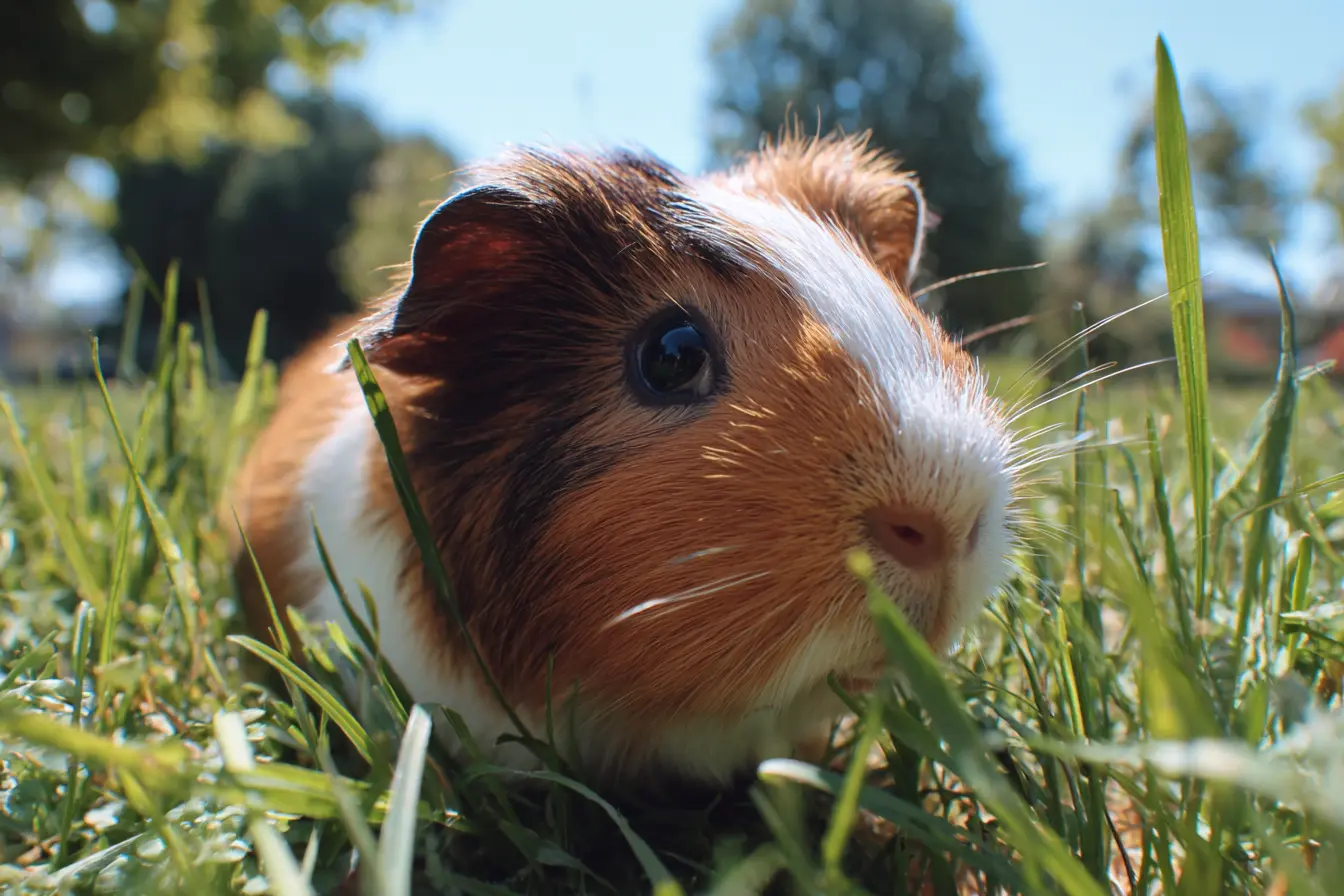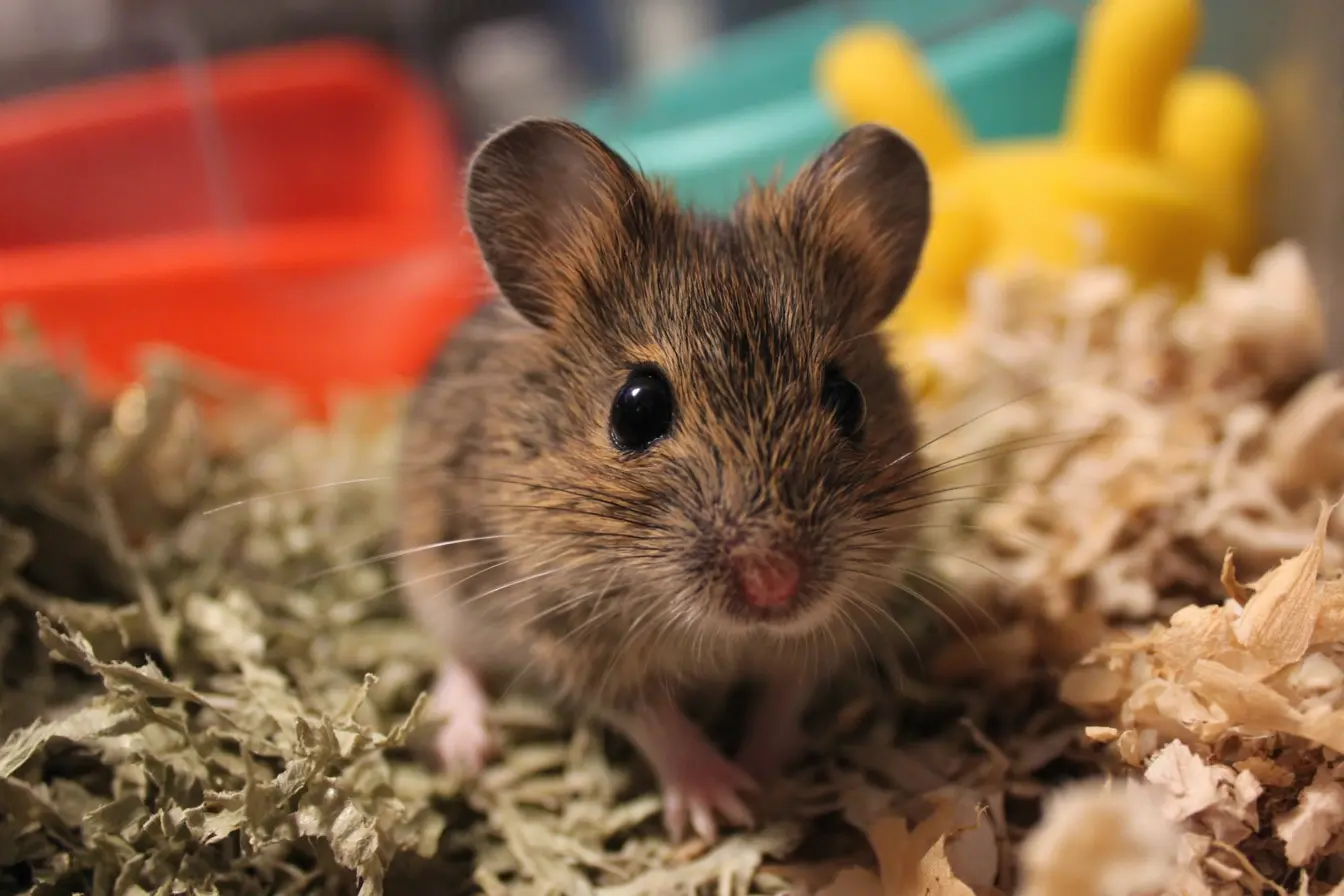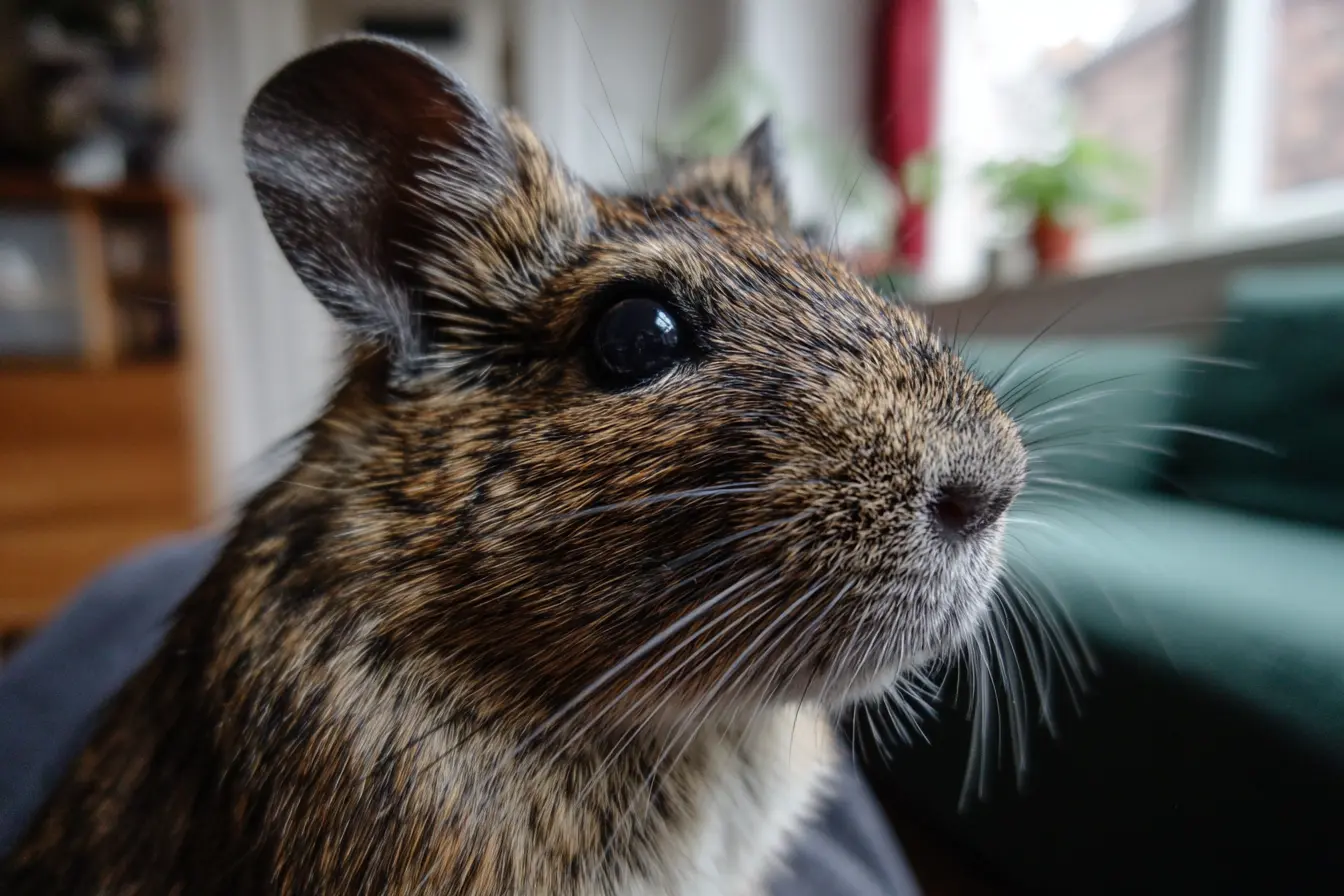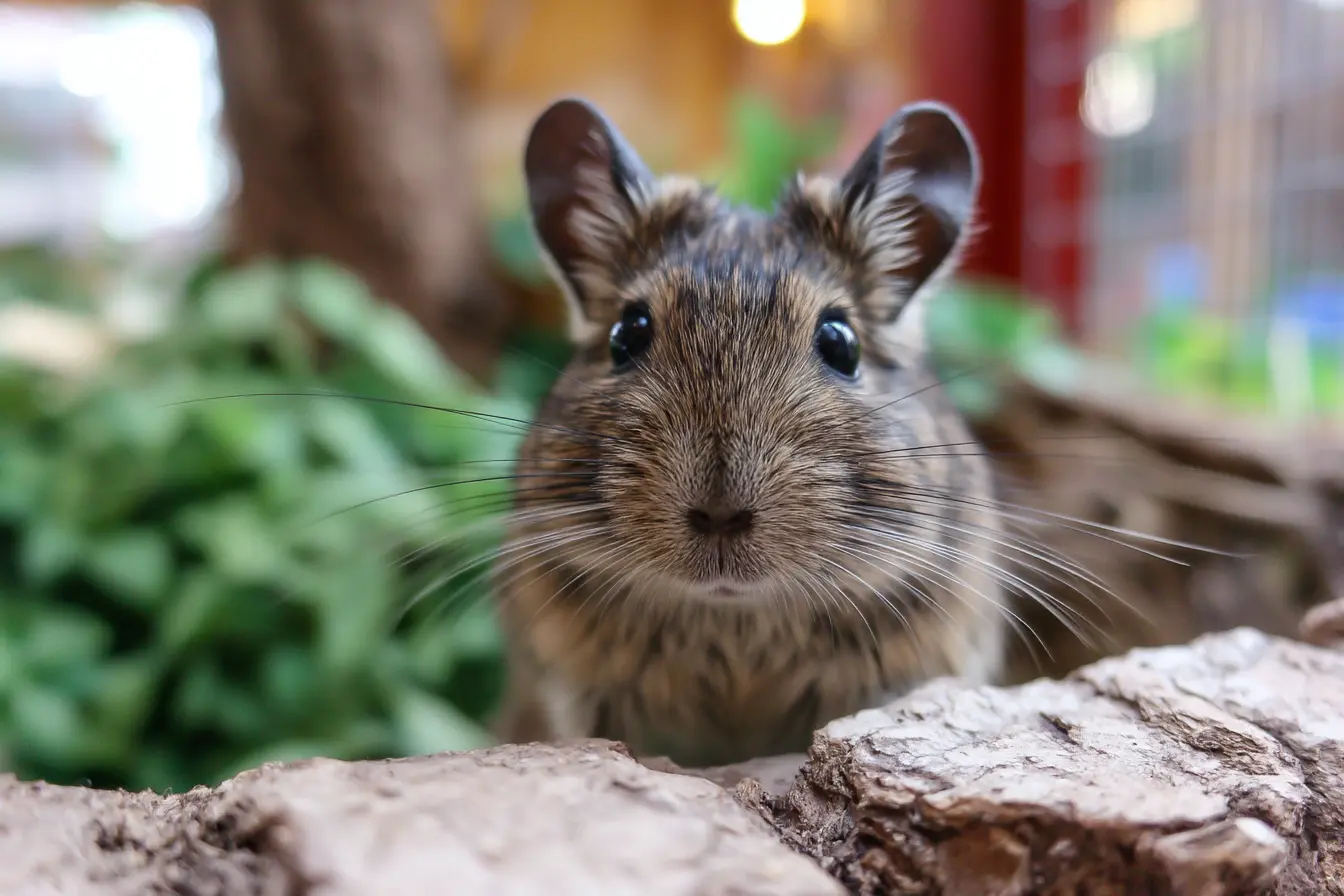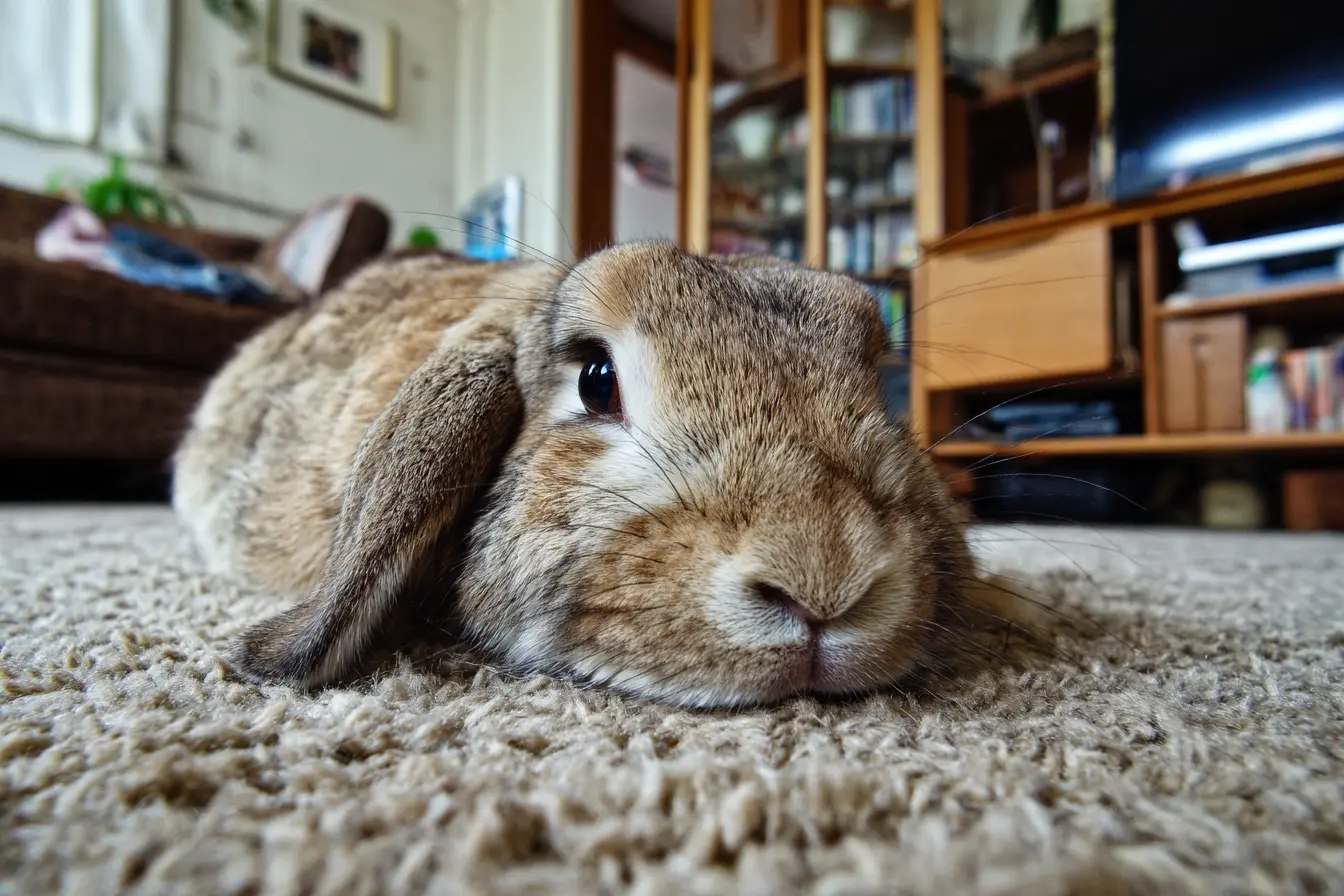
Houseplants That Are Toxic to Small Animals (and Safe Ones to Choose Instead)
Houseplants bring life and beauty into our homes, but if you share your space with small animals — such as degus, rabbits, guinea pigs, hamsters, or rats — it's vital to know which plants could pose a danger. Many common houseplants are toxic if chewed or ingested, and curious pets are known to nibble on anything green within reach.
In this guide, we’ll explore which plants are unsafe, which are pet-friendly, and how to keep your furry friends safe around greenery.
Why Houseplants Can Be Dangerous
Small animals have sensitive digestive systems, and even a small amount of a toxic plant can cause illness or worse. Symptoms of plant poisoning in small pets can include:
- Drooling
- Diarrhoea
- Lethargy
- Loss of appetite
- Tremors or seizures
Some toxins can damage the liver, kidneys, or nervous system. In severe cases, ingestion can be fatal.
Common Houseplants That Are Toxic to Small Animals
Below is a list of popular houseplants that should be avoided in homes with small pets.
Toxic Plants
Aloe Vera
Toxic to rabbits, guinea pigs, degus, and hamsters. Can cause digestive upset and vomiting.
Peace Lily (Spathiphyllum)
Contains calcium oxalate crystals that can irritate the mouth and digestive tract.
Philodendron
All parts are toxic. Can cause severe oral irritation, drooling, and swelling.
Dieffenbachia (Dumb Cane)
Highly toxic. Causes oral pain, swelling, and difficulty swallowing.
Pothos (Devil’s Ivy)
Common and dangerous. Can cause vomiting, oral irritation, and kidney damage.
Snake Plant (Sansevieria)
Mildly toxic but can still cause vomiting and diarrhoea if chewed.
English Ivy (Hedera helix)
Toxic to many pets. Can cause weakness, vomiting, and breathing difficulty.
Sago Palm
Highly poisonous. Even a small bite can cause liver failure.
Amaryllis
Bulbs are especially toxic. May cause tremors and gastrointestinal issues.
Ficus (Weeping Fig, Rubber Plant)
Latex from the leaves can cause skin irritation and mouth inflammation.
Jade Plant (Crassula ovata)
Toxic to most animals. Can cause vomiting and incoordination.
Lilies (All Types)
Extremely toxic, especially to cats, but also dangerous to small mammals.
Additional High-Risk Plants:
- Cyclamen
- Azalea
- Caladium
- Castor bean
- Kalanchoe
- Chrysanthemum
- ZZ Plant (Zamioculcas zamiifolia)
Safe Houseplants for Homes with Small Animals
Luckily, there are many non-toxic alternatives that can safely share your living space with your furry companions. These plants are generally considered safe for rabbits, guinea pigs, degus, and other small pets — but ingestion should still be discouraged to prevent choking or digestive upset.
Pet-Friendly Plants
Spider Plant (Chlorophytum comosum)
Non-toxic, air-purifying, and resilient. A great choice for pet-friendly homes.
Boston Fern (Nephrolepis exaltata)
Safe and attractive. Likes indirect light and humidity.
Areca Palm (Dypsis lutescens)
Also known as Butterfly Palm. Non-toxic and excellent for adding greenery.
Bamboo Palm (Chamaedorea seifrizii)
Another pet-safe palm with a tropical look.
Calathea (Prayer Plant family)
Colourful leaves and non-toxic. Prefers low light and high humidity.
Maranta (Prayer Plant)
Closely related to Calathea. Beautiful and safe for pets.
Peperomia
Compact, diverse, and non-toxic. Great for shelves and small spaces.
Parlour Palm (Chamaedorea elegans)
A classic indoor plant that's also on the safe list.
Fittonia (Nerve Plant)
Small and safe. Prefers a terrarium or humid environment.
Tradescantia Zebrina (Wandering Dude)
Mildly irritating to skin in some cases, but generally considered safe when not ingested in large amounts.
Tips for Keeping Pets Safe Around Plants
Even non-toxic plants should be kept out of reach, as ingesting large amounts of any vegetation can cause digestive issues. Here are some ways to prevent plant-pet mishaps:
- Place plants on high shelves or in hanging baskets
- Use barriers or playpens when pets are free-roaming
- Provide plenty of chew-safe alternatives like willow sticks, hay balls, and cardboard toys
- Train pets (where possible) to avoid certain areas using positive reinforcement
- Monitor new plants and your pets’ behaviour closely
Final Thoughts
While houseplants and small animals can coexist, it requires some planning and care. Always research any plant before bringing it into a pet-friendly home, and err on the side of caution. By choosing safe plants and limiting access, you can create a space that’s both beautiful and secure for your curious companions.
A little prevention goes a long way — and your furry friends will thank you for it.
Vets near you
Speciality vets
- Aquatics vet specialists
- Birds vet specialists
- Camelids vet specialists
- Cats vet specialists
- Cattle vet specialists
- Deer vet specialists
- Dogs vet specialists
- Equines vet specialists
- Exotic vet specialists
- Goats vet specialists
- Pigs vet specialists
- Poultry vet specialists
- Sheep vet specialists
- Small Mammals vet specialists
- Wild vet specialists
